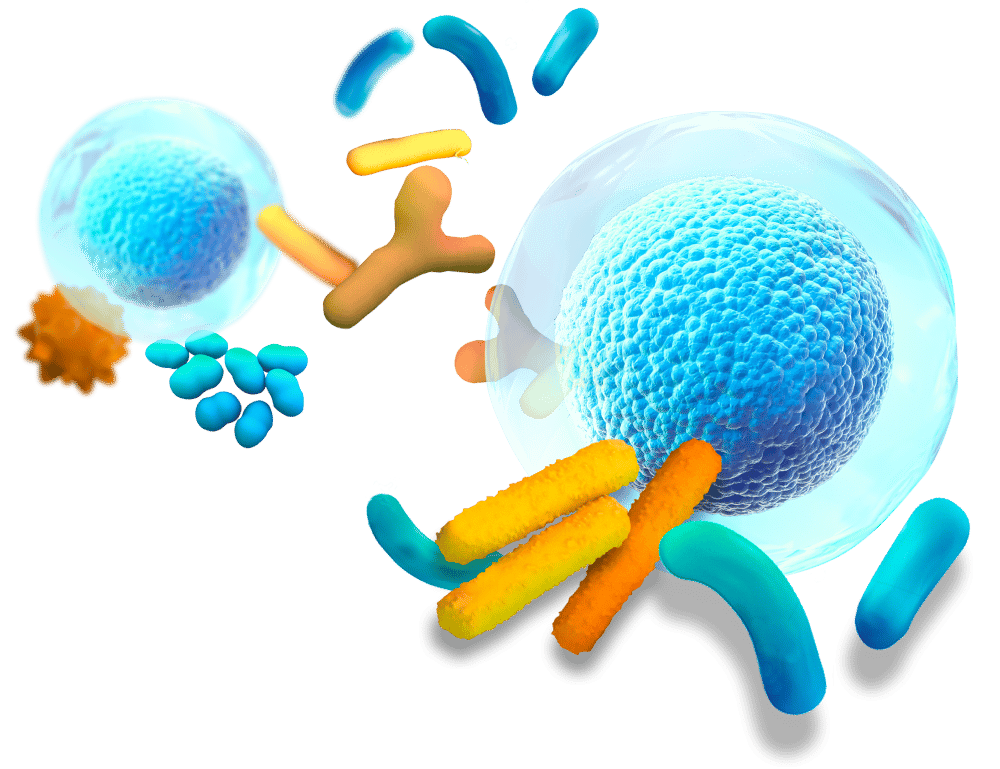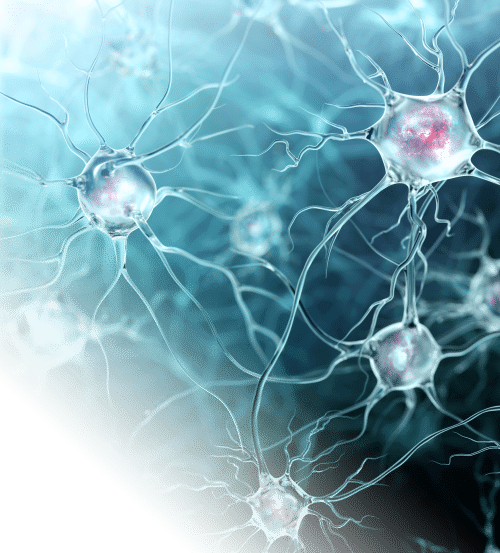The enteric nervous system (ENS), referred to as the “second brain,” is an extensive network of different cell types located along the digestive tract.
It consists in enteric neurons, enteric glial cells and interstitial cells of Cajal. This network of cells is organized in two main plexi, i.e. the Meissner’s plexus and Auerbach’s plexus. The ENS is involved in the control of various functions of gut physiology such as intestinal motility, gut barrier, secretion of gastro-intestinal hormones, regulation of local blood flow and intestinal immunity. The ENS also has the great capacity to communicate with the brain, via afferent nervous signals or gut hormones, leading to the maintenance of the whole-body homeostasis. During a person’s life, an alteration of ENS function may cause enteric neuropathy which contributes to the development of pathological states such as metabolic disorders (type 2 diabetes, obesity), neurodegenerative disorders (Alzheimer’s, Parkinson’s). In addition, an alteration of fetal ENS development observed in the womb and during the child’s first years of life can lead to severe motility disorders like those found in Hirschsprung’s disease.
Taking care of our “second brain”
The enteric nervous system lies at the crossroads between the gut microbiota and the host.
The gut microbiota is now considered a major therapeutic target for various pathologies. Bacteria are able to release biological factors such as short-chain fatty acids, neurotransmitters or gaseous messengers that could directly or indirectly (via gut hormones) modulate the activity of the ENS. Several scientific articles have associated enteric neuropathy, dysbiosis and gastrointestinal symptoms with neuronal disorders (Parkinson’s and Alzheimer’s diseases), autism spectrum disorders, depression, stress, type 2 diabetes and others.
Dysbiosis observed in these pathologies could be associated with the alteration of microbiota-releasing factor secretion which disturbs communication with the ENS. Therefore, a real innovative therapeutic approach to treat gut-brain pathologies consists in targeting the ENS function by acting on gut microbiota populations. .
Taking care of our gut microbiota through a balanced diet during our life and/or by using pre/probiotics could be a way to take care of our second brain…and by extension ourselves.
We are only at the beginning of the story, the rest has yet to be written.
Credits : Pr. Knauf

